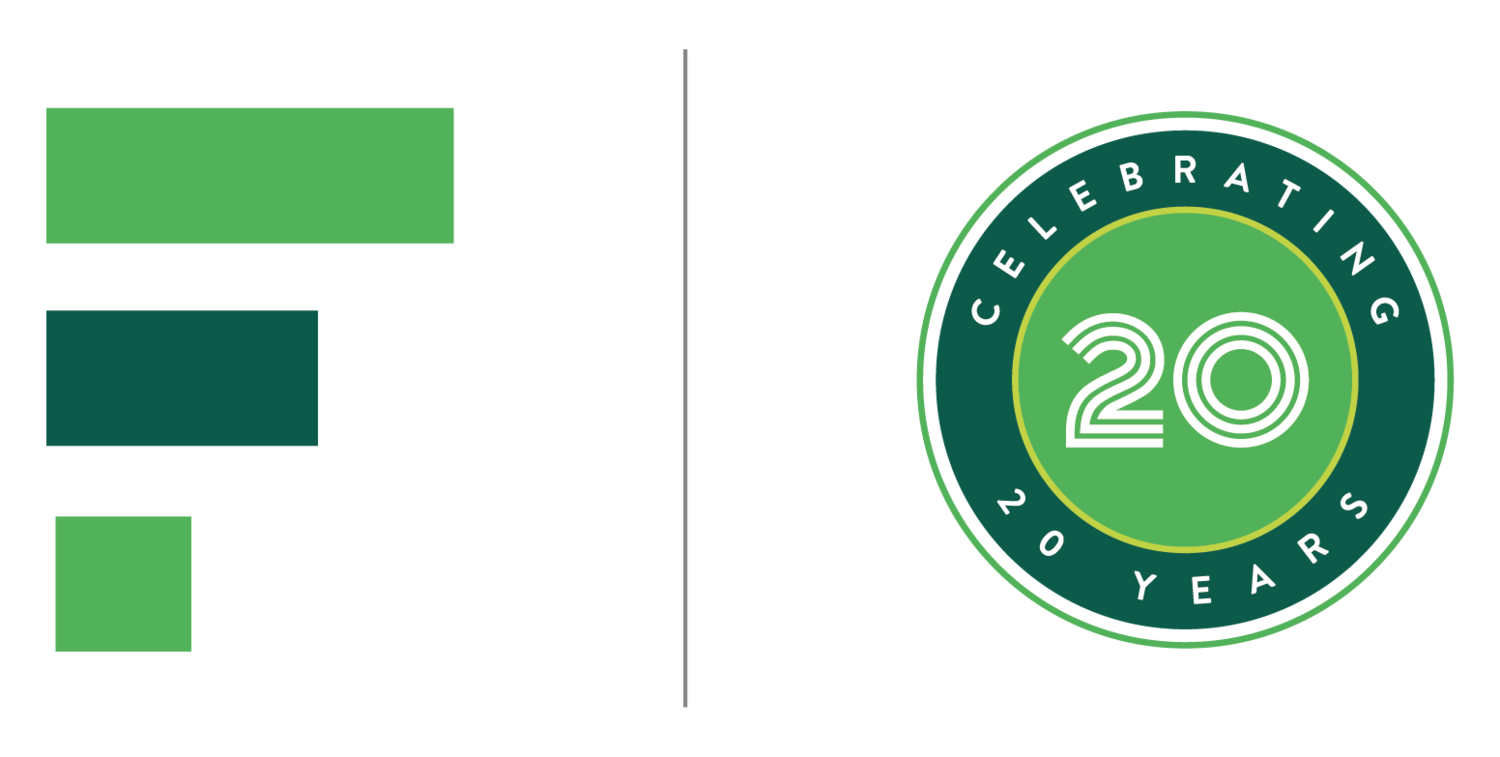Unstable Connection: how Zoom impacts client meetings
Mere months ago, Zoom was just a humble video conferencing software beloved by the odd remote working team. Now, it’s as common in our daily lives as your morning cup of tea.
To keep things going, to stay connected with our friends, family, colleagues and clients, we have joined the legions of people turning to video calls during the pandemic. But as wonderful and helpful as this technology is, we can’t help feeling that it leaves something to be desired. And that something is human connection.
Zoom fatigue
Gianpiero Petriglieri, an associate professor at Insead who explores sustainable learning and development in the workplace, says that being on a video call requires more focus than a face-to-face chat. We need to work harder to process non-verbal cues like facial expressions, the tone and pitch of the voice, and body language. And working harder to process those cues is tiring.
Having constantly to bridge this gap ourselves on video calls leaves all participants less focused and more exhausted. Usually, face-to-face meetings provide the space for deep and meaningful conversations. Typically we allow two to three hours for these, and after about 90 minutes we realise we’ve simply been nattering and catching up and haven’t touched the agenda items. But that’s okay – in fact, it’s a crucial part of the whole process.
Getting on the same page and truly understanding how you feel, what’s changed, what’s happening in your life, is a central part of our work. That 90 minutes of chat isn’t just procrastination. It’s about digging into the emotions and connections that only face-to-face interaction allows.
Are you there? The connection is bad
A study from 2014 found that, on phone or conferencing systems, delays of as little as 1.2 seconds made people perceive the responder as less friendly or focused. We pride ourselves on our friendly, open demeanour with our clients and we cherish the relationships we have built with each of them. A mutual understanding and respect for each other forms the basis of a strong professional relationship together, and it’s sad to think that this can be subconsciously undermined by video lag and wobbly connections.
Our regular planning meetings provide the opportunity to think about the next 12 months without distraction and work out what you as a client want to do and achieve. When they’re face-to-face, they truly open up the thought process, trigger thoughts through conversations, and encourage tangents that often bring about the best outcomes.
In person, meetings of this length fly by and you come away with a sense of achievement and satisfaction. On Zoom, they can feel like an eternity spent squinting at yourself in a small box on the screen. Compressing a two to three hour meeting into a Zoom-appropriate one hour slot means missing out on that detail, those tangents, and that all-important human connection that informs the best work.
A time and a place
Now don’t get us wrong, we realise that the ability to video call is a blessing. It has allowed life to go on as close to normal as is humanly possible during a very strange moment in time. It also has its place outside of pandemic life, too – clients who can’t travel or who may need to change a meeting at short notice have benefitted from the ability to hop onto a video call from the comfort of their home. It’s a great tool. It truly is.
But in a world that is increasingly tech-heavy, and increasingly online, the value of authentic human connection is more apparent than ever. For the duration of this lockdown, we’ll continue to make Zoom calls to our clients and make the best of the situation. But rest assured, it will never – it can never – replace sitting in the same room together and putting the world to rights over a coffee.


